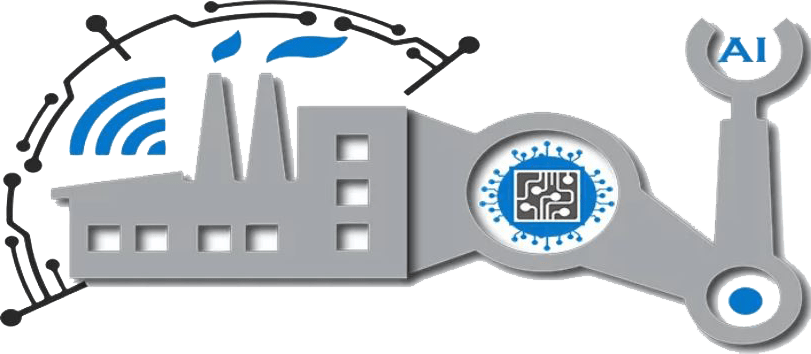Healthcare 5.0: Revolutionizing Patient Care through Technological Integration
Abstract:
As the healthcare industry progresses into the future, Healthcare 5.0 emerges as a paradigm that seamlessly integrates advanced technologies to transform patient care. This paper explores the key components, applications, and potential impact of Healthcare 5.0 on the healthcare sector.
1. Introduction:
Healthcare 5.0 represents a new era in healthcare delivery, marked by the convergence of digital technologies, data analytics, and personalized medicine. This paradigm shift aims to enhance patient outcomes, improve efficiency, and provide a more patient-centric healthcare experience.
2. Key Components of Healthcare 5.0:
a. Digital Health Records (DHR): The adoption of comprehensive and interoperable digital health records becomes a cornerstone of Healthcare 5.0, facilitating seamless information exchange among healthcare providers for more informed and coordinated care.
b. Artificial Intelligence in Diagnostics: AI-powered diagnostic tools enhance accuracy and efficiency in healthcare. Machine learning algorithms analyze vast datasets, aiding in early disease detection, personalized treatment plans, and predictive healthcare analytics.
c. Telemedicine and Remote Monitoring: Healthcare 5.0 promotes telemedicine and remote monitoring, allowing patients to access healthcare services from the comfort of their homes. Wearable devices and connected sensors enable real-time health data monitoring.
3. Applications in Healthcare 5.0:
a. Personalized Medicine: Healthcare 5.0 shifts towards personalized medicine, tailoring treatment plans based on an individual’s genetic makeup, lifestyle, and specific health parameters. This approach maximizes treatment efficacy and minimizes side effects.
b. Patient Engagement and Empowerment: Technology enhances patient engagement through mobile apps, virtual health communities, and interactive platforms. Patients become active participants in their healthcare journey, leading to improved adherence and health outcomes.
c. Predictive Healthcare Analytics: Big data analytics and predictive modeling in Healthcare 5.0 enable healthcare providers to anticipate disease trends, allocate resources efficiently, and implement preventive measures, contributing to population health management.
4. Challenges and Considerations:
a. Data Security and Privacy: The increased reliance on digital health records raises concerns about data security and patient privacy. Healthcare 5.0 demands robust cybersecurity measures and compliance with privacy regulations.
b. Integration of Technologies: Seamlessly integrating diverse technologies into existing healthcare systems poses challenges. Ensuring interoperability and standardized frameworks is essential for the successful implementation of Healthcare 5.0.
5. Future Implications:
Healthcare 5.0 envisions a future where healthcare is not only reactive but also proactive, preventive, and highly personalized. The integration of advanced technologies aims to create a healthcare system that is more efficient, accessible, and patient-centric.
6. Patient-Centric Healthcare:
a. Shared Decision-Making: Healthcare 5.0 promotes shared decision-making between healthcare providers and patients. Informed patients actively participate in choosing treatment options aligned with their preferences and values.
b. Continuous Monitoring and Telehealth:* Remote monitoring and telehealth solutions in Healthcare 5.0 enable continuous patient monitoring, fostering early intervention and reducing hospital readmissions.
Conclusion:
As Healthcare 5.0 unfolds, the healthcare sector is on the brink of a transformative journey. The integration of advanced technologies not only enhances clinical practices but also empowers patients, creating a healthcare ecosystem that prioritizes prevention, personalization, and improved overall health outcomes.
